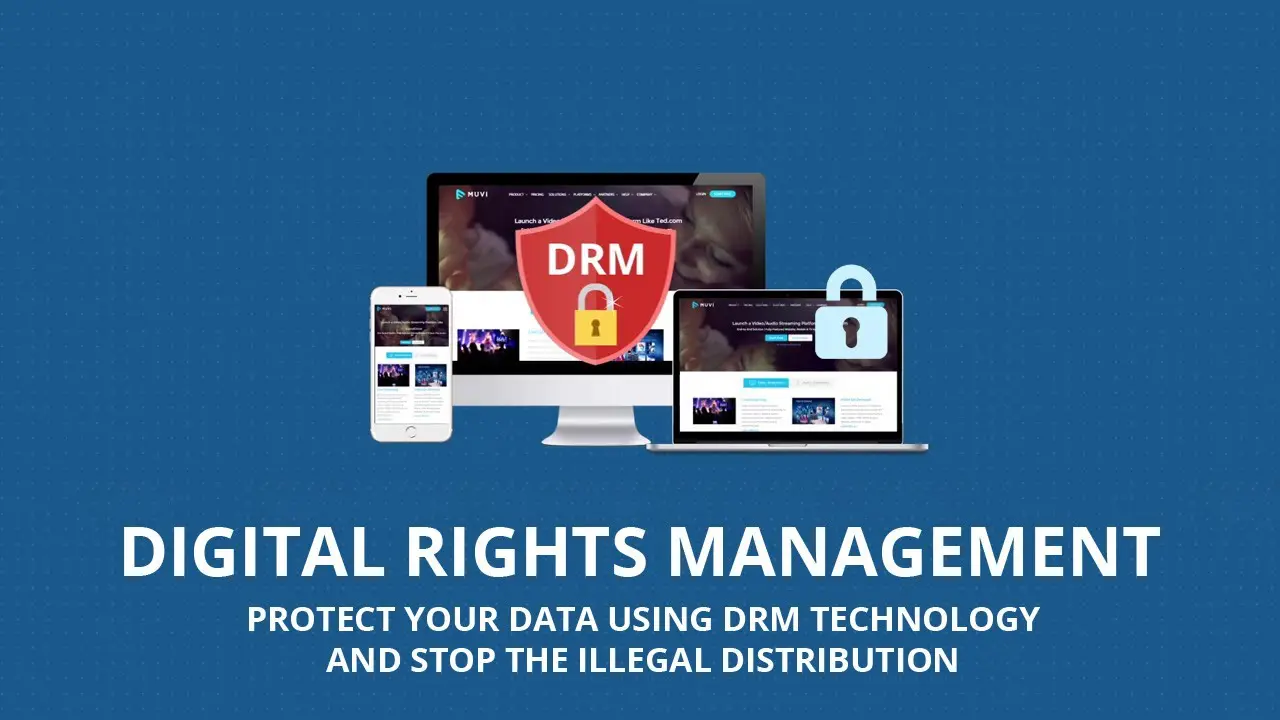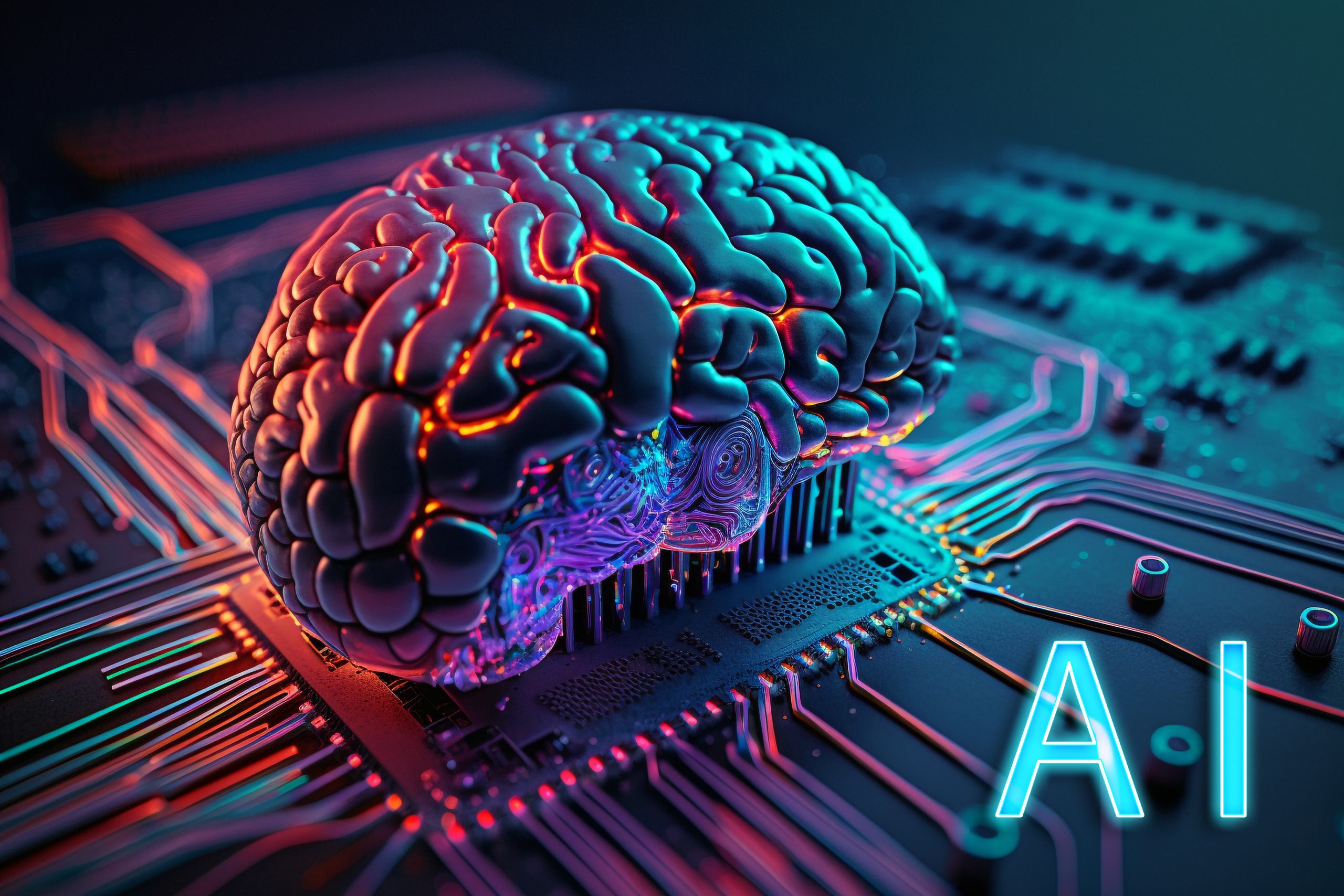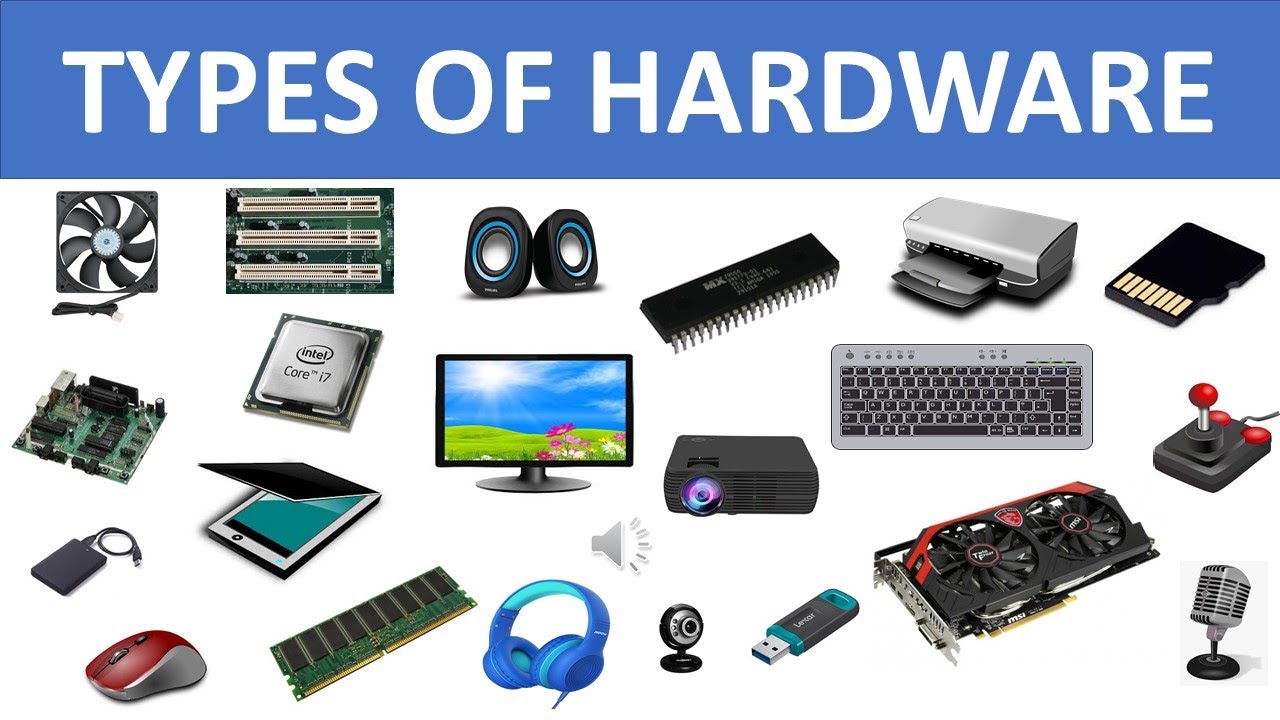
Digital Rights Management (DRM) is a technology used to control access to copyrighted digital content. It aims to protect the rights of content creators and owners by preventing unauthorized copying, distribution, and use of digital media.
How DRM Works
DRM systems employ various techniques to restrict access to digital content:
- Encryption: Digital content is encrypted, making it inaccessible without a decryption key.
- Watermarking: Digital watermarks are embedded into the content to identify the owner and track its usage.
- Digital Rights Management (DRM) Software: This software limits the number of devices on which content can be played, the number of times it can be copied, or the duration of access.
- Hardware Restrictions: Some DRM systems require specific hardware or devices to access content.
The Impact of DRM on Consumers
DRM can be both a benefit and a drawback for consumers:
Benefits:
- Protects Intellectual Property: DRM helps protect the rights of content creators and ensures they are compensated for their work.
- Enables Fair Use: DRM can be used to implement fair use policies, allowing limited personal use of copyrighted content.
Drawbacks:
- Limits Consumer Choice: DRM can restrict how consumers use and share digital content.
- Technical Difficulties: DRM can sometimes lead to technical issues and compatibility problems.
- Digital Lock-In: DRM can tie consumers to specific devices or platforms.
The Future of DRM
As technology continues to evolve, so too will DRM. Emerging technologies, such as blockchain and artificial intelligence, may offer new solutions to the challenges of digital rights management.
Some potential future trends in DRM include:
- Blockchain-Based DRM: Blockchain technology can provide a transparent and secure way to track ownership and usage of digital content.
- AI-Powered DRM: AI can be used to detect and prevent piracy and unauthorized access to digital content.
- Dynamic DRM: DRM systems that can adapt to changing user behavior and device capabilities.
In conclusion, DRM is a complex issue with significant implications for both content creators and consumers. While it is essential to protect intellectual property rights, it is equally important to strike a balance between security and user experience. As technology continues to evolve, it is likely that DRM will also evolve to address new challenges and opportunities.
Would you like to delve deeper into a specific aspect of DRM, such as its impact on the music industry, the challenges of DRM in the age of streaming, or the ethical implications of DRM?

